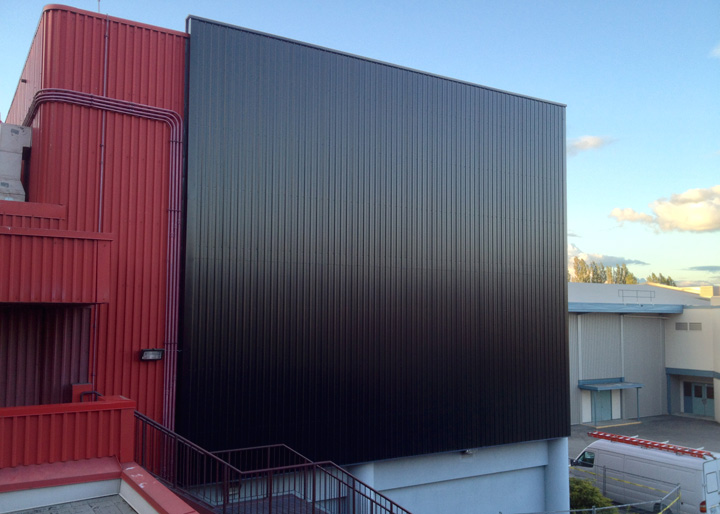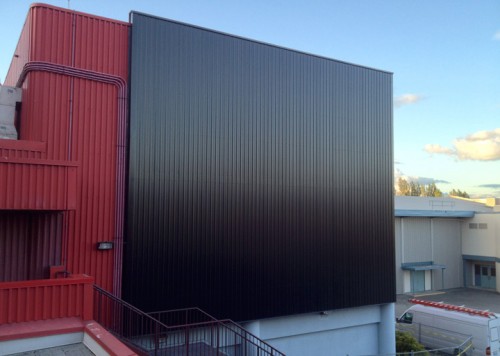
Solar air heating installation in Richmond, BC
The idea of heating a space with the sun is very attractive and elegant, though not trivial to implement cost effectively in Northern coastal climates. The challenge is that both daily and seasonally, the load and source don’t coincide. When we need space heat, often it is dark or overcast. This does not hold entirely true for domestic hot water where spring, summer and fall, the high solar seasons, we still need hot water. An answer is the use of a solar air collector.
When we look critically at the capital and maintenance costs of solar hot water or solar heat pump technologies, compared to the actual energy displaced over their useful life in a space heating only application, the benefit can be improved by economies of scale or high outdoor air fraction facilities.
Passive solar is a great solution, only impractical for retrofits. If not well executed, the additional cost and heatloss through glazings can seasonally consume more energy than they contribute, as well as overheating spaces in summer.
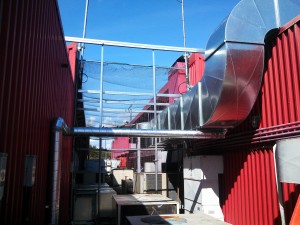
One solution to improve the economics is solar air collector technologies. The basic concept is to utilize a large perforated wall on the south side of a building to absorb the suns energy to be transferred from the wall to the air. The air is delivered by insulated ductwork and dampers to roof top units (RTU), air handling units (AHU) or energy revovery ventilators (ERV) requiring preheated outdoor air. Many commercial facilities, depending on type and use, introduce a large portion of fresh outdoor air constantly. This air often needs to be heated while there is some solar available. In this case a variable speed fan can deliver from 400 to 4000cfm through the solar air wall depending on the amount of heat required and available.
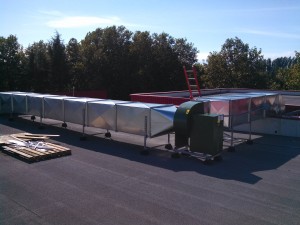
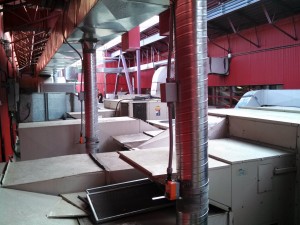
Thermal efficiencies with this technology can be excellent, close to flat plate collectors with an installed cost of less than half per unit area.

